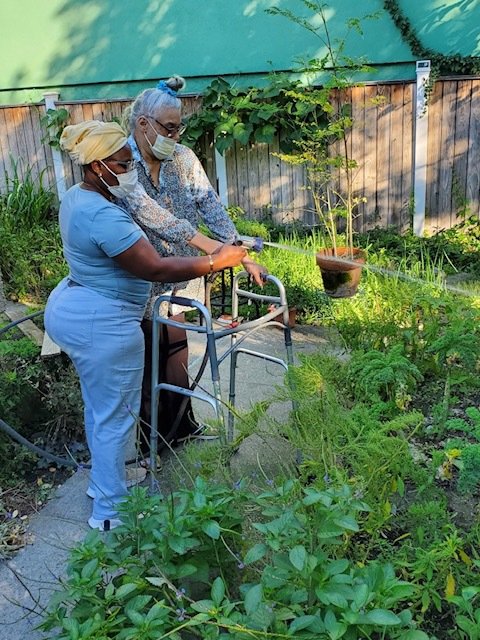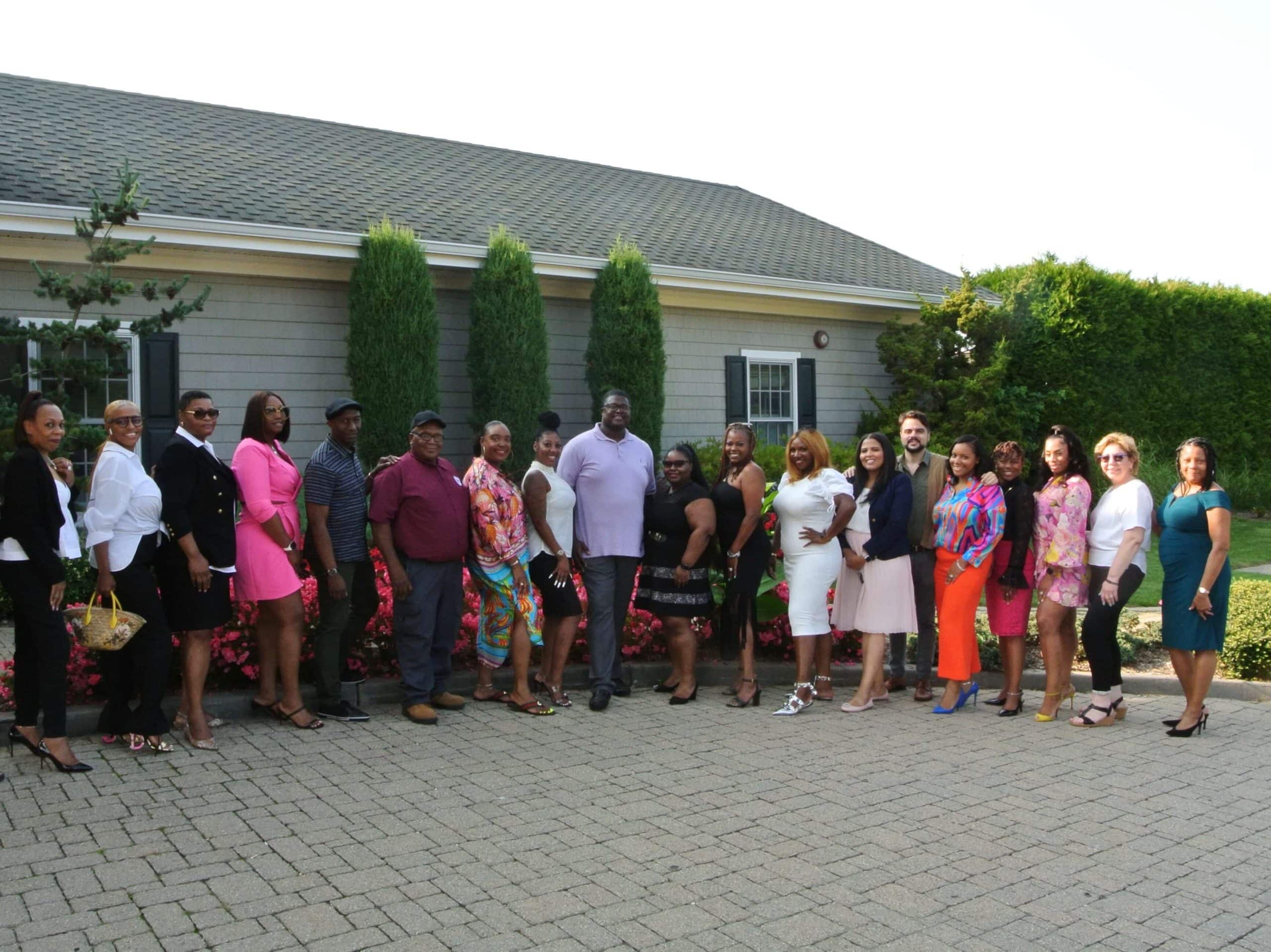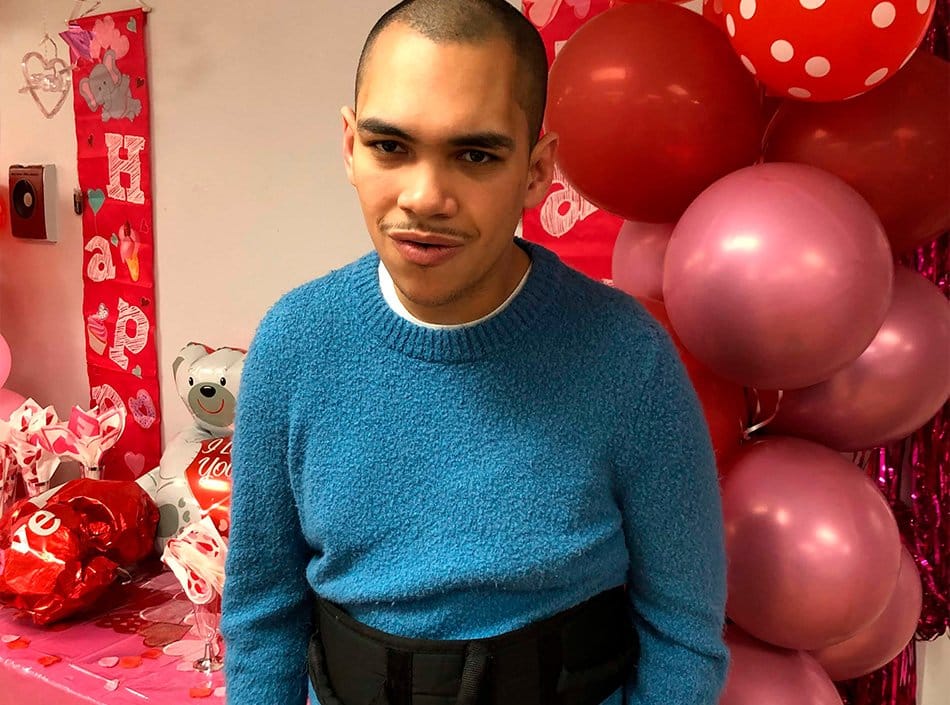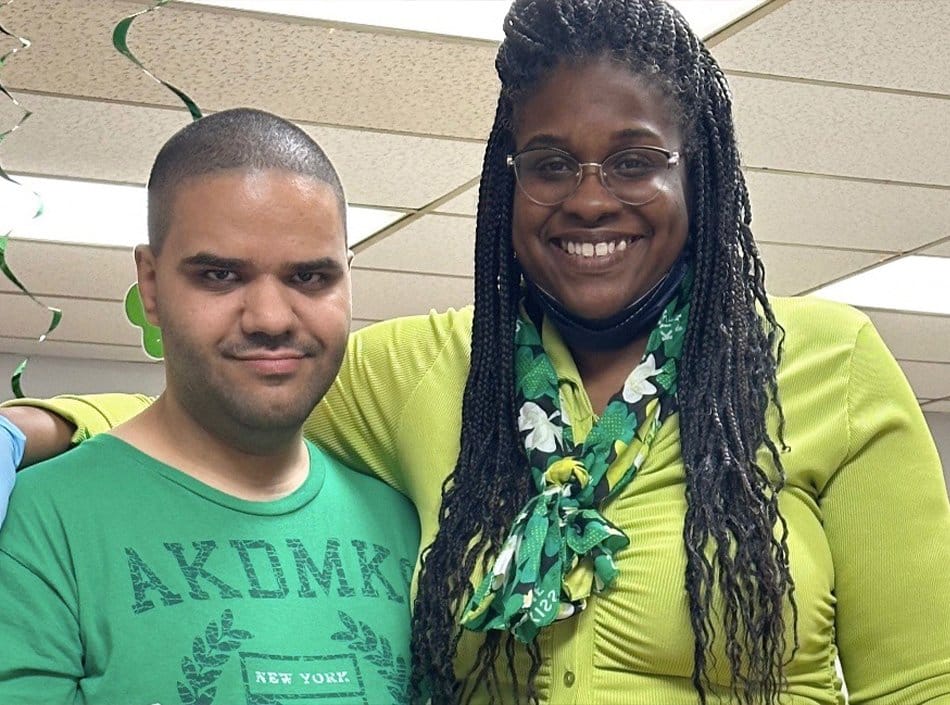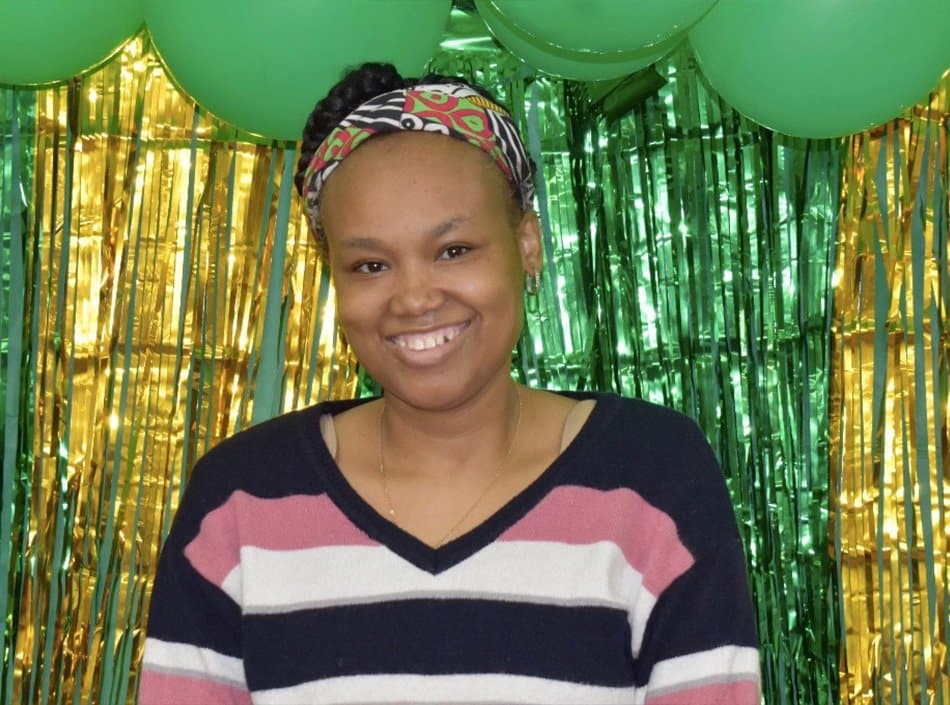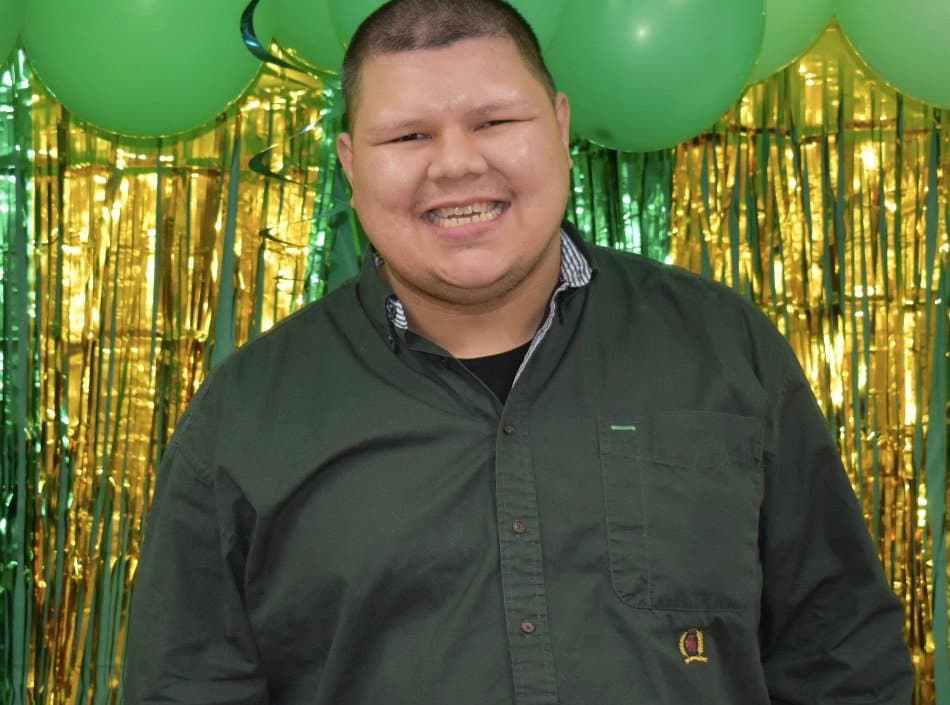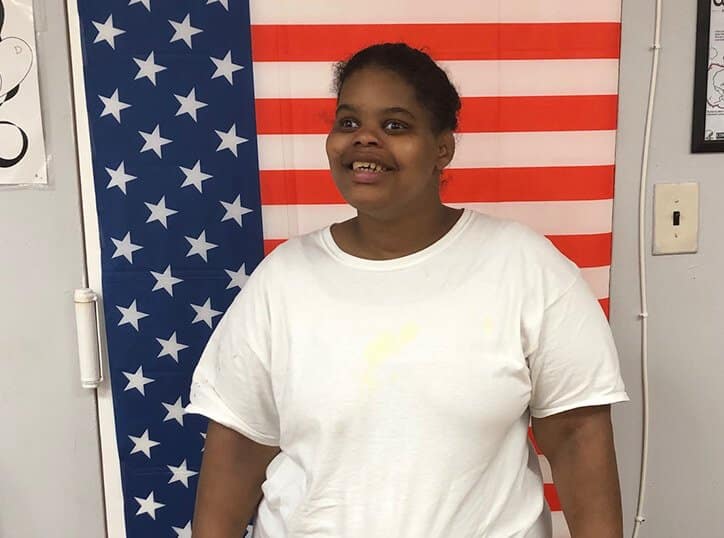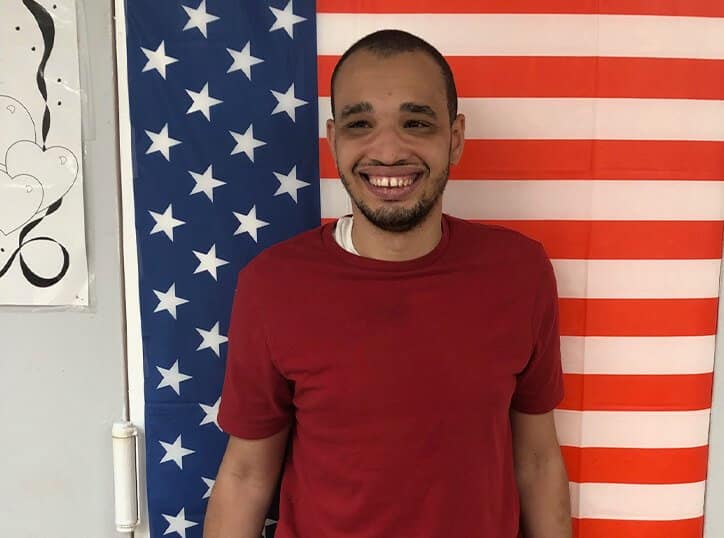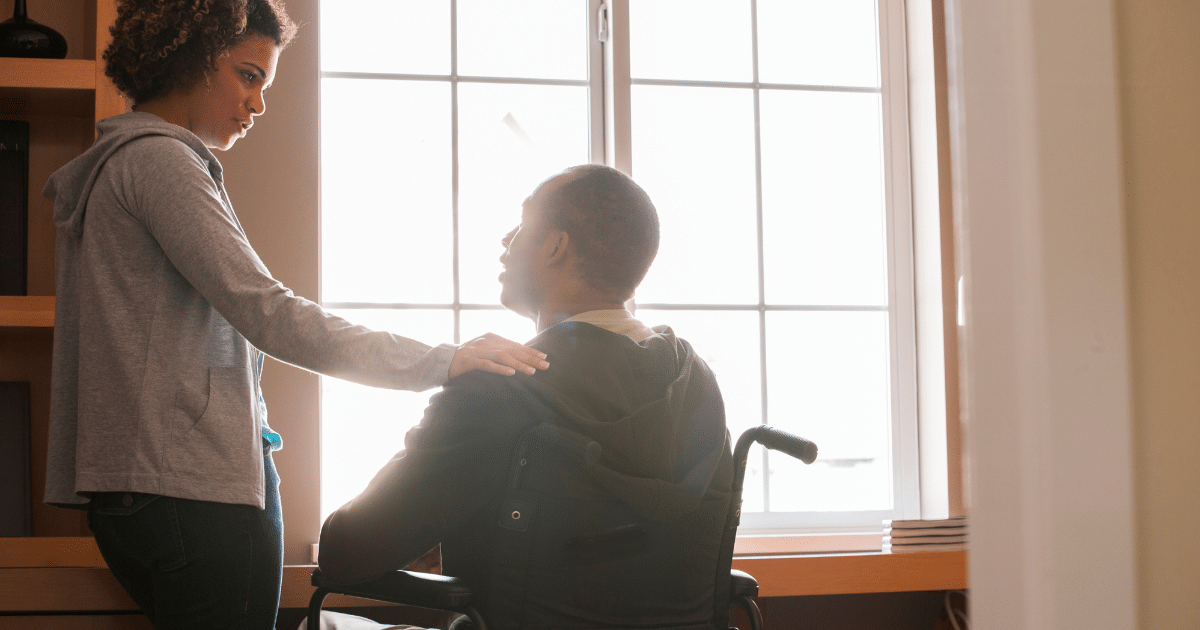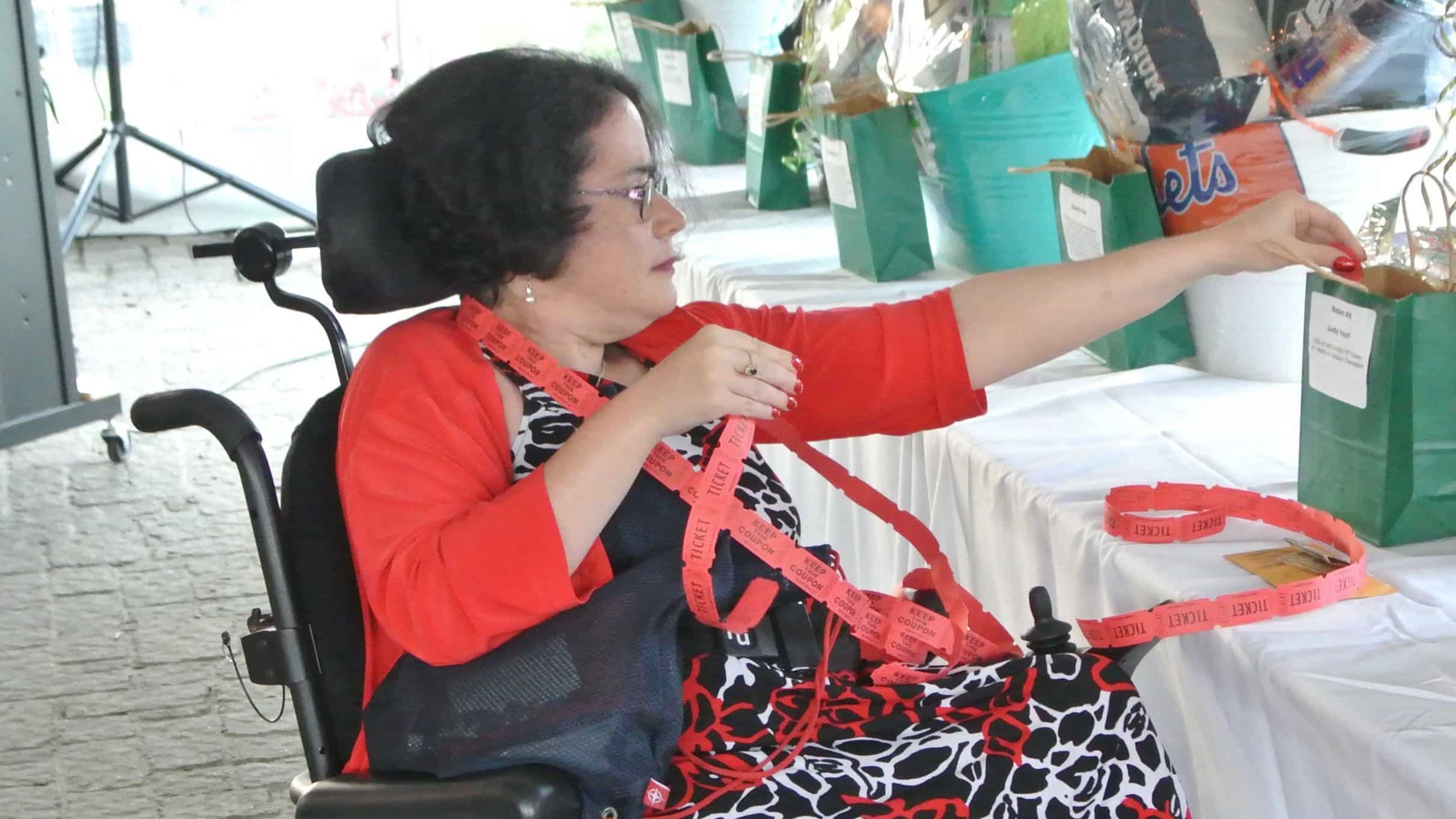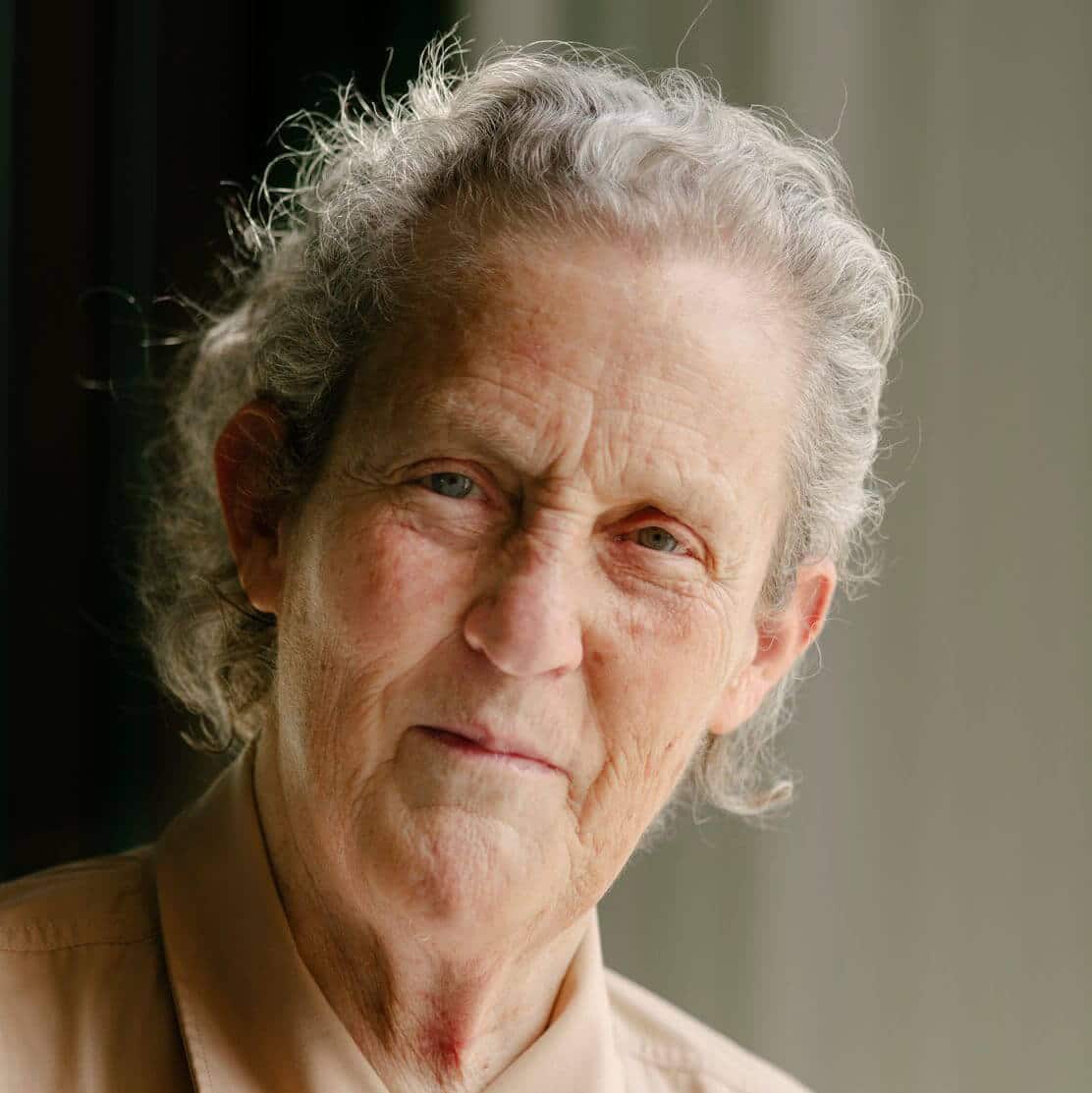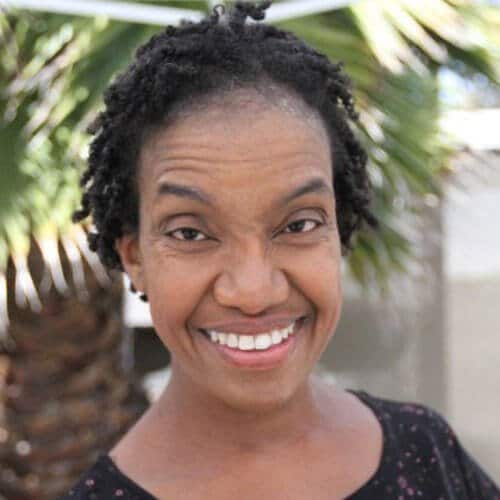How do you talk to someone with a disability? Well, to put it simply, the same way you would speak to anyone else: with compassion, respect, and an understanding of their personal communication style. There’s no magic trick to speaking with members of the developmentally disabled community. It’s about seeing them as individual people with different thoughts, feelings, and ways of understanding the world.
Unfortunately, communicating with individuals with intellectual and developmental disabilities (IDD) seems to pose a surprising barrier for everyday citizens and professionals alike. In a survey, 54% of US healthcare practitioners said that they felt unqualified to care for the unique needs of individuals with intellectual and developmental disabilities. Many also expressed concern about communicating with the individuals.
Communication Fosters Connection
Whether you’re a friend, a caretaker, or a medical professional, the key to understanding a person is to communicate with them effectively. So how can you do that?
● Be respectful
Individuals with intellectual and developmental disabilities want, need, and deserve the same kind of care as everyone else. They should be treated accordingly, with respect, fairness, dignity, and compassion.
● Get to know them
While individuals should be afforded the same dignity and decency as the rest of us, that doesn’t mean you should treat them as a monolith. Get to know them on a personal level, and that will make it easier to communicate!
● Speak to them, not past them
Let individuals speak for themselves; don’t automatically assume that they need a parent or other caregiver to speak for them. Don’t talk about them as though they aren’t in the room.

● Establish trust
When speaking to individuals in a professional setting, let them know that they can trust you. If they think you intend to share everything they tell you with another person or caregiver, they’ll probably feel disinclined to open up to you! When discussing sensitive matters, let the person know that the conversation is private and won’t be shared unless they want it to be; then, be sure to follow through on that promise.
● Don’t patronize
People with disabilities aren’t children and shouldn’t be treated as such. Talk to an individual at a level that befits their age: if they’re an adult, talk to them like an adult. Don’t be condescending or patronizing; you wouldn’t want someone to treat you like that!
● Speak plainly
When communicating with an individual with intellectual and developmental disabilities, be sure to use simple, straightforward language. Not all individuals will have the same level of language comprehension, so try to adapt your language to suit the needs of the person you’re conversing with. Keep it simple, but don’t ‘dumb it down.’
● Minimize distractions
It can be easy for individuals—or anyone—to become overwhelmed or distracted by visual and/or auditory disturbances. These include radio, television, cellphones, bustling common spaces, multiple conversations within earshot, outside activity coming from a window, and excessively bright lights or busy room decor. If you want to have a conversation with someone, opt for a quiet, low-traffic area.
At the end of the day, it’s important to remember that people with disabilities are just like everyone else and deserve to be treated with kindness, patience, and respect. Communication should always begin with humanity!
To learn more about intellectual and developmental disabilities and how the Independent Living Association can help, reach out today.










